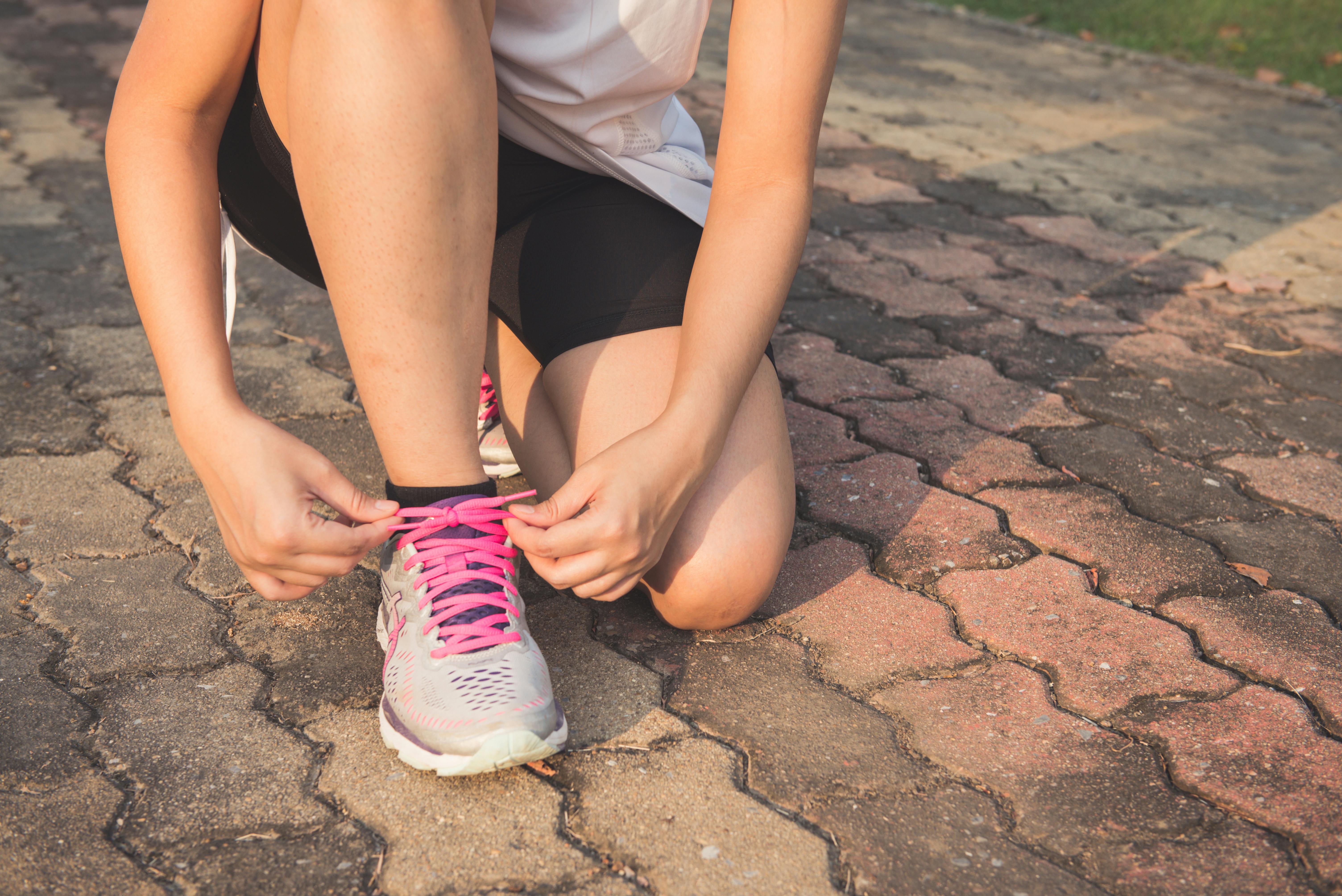Choosing a running shoe can feel overwhelming. With so many brands, features and claims, it’s easy to assume the “right” shoe will prevent injury and make you faster. But here’s the truth:
There’s no solid evidence that any specific running shoe reduces your risk of injury.
A 2020 review looked at how shoe features like motion control, heel drop and foot shape impact injury risk. The results? Most of it is still guesswork. The billion-dollar shoe industry thrives on big promises, but science hasn't caught up. So what matters most?
Comfort. That’s the one thing consistently linked with lower injury risk, even though it hasn't been deeply studied. If a shoe feels good when you run, it’s probably a good choice for you.
What is pronation (and should you care)?
Pronation is how your foot rolls inward when it hits the ground. It’s completely normal, but how much it rolls can vary:
- Neutral pronation: Foot rolls slightly inward. Most shoes will suit you.
- Overpronation: Foot rolls in too much. You may benefit from motion-control shoes, especially if you have flat feet.
- Under-pronation (supination): Foot doesn’t roll in much. You might prefer more cushioning.
Despite the focus on pronation in many shoe stores, there's limited evidence that matching a shoe to your pronation prevents injury. But it can help with comfort and support.
Types of running shoes: pros, cons and who they suit
There are a few broad categories of running shoes. Here’s how they break down:
- Motion control shoes
- Designed for overpronators or flat feet.
- Offer firm support to limit excessive inward rolling.
- May feel stiff or bulky for some runners.
- Stability shoes
- Mild support for runners who pronate slightly.
- A middle ground between cushioning and control.
- Good for many recreational runners.
- Barefoot and minimalist shoes
- Mimic natural running with little cushioning or drop.
- It may improve foot strength over time, but it increases injury risk if you switch too quickly.
- Best for experienced runners who transition gradually.
- Maximalist shoes
- Thick cushioning.
- Reduce impact forces but can feel unstable for some.
- Often favoured for long distances or joint pain.
Heel drop: what it is and how to choose
Heel drop refers to the difference in thickness between the heel and forefoot of a shoe, measured in millimeters. A high drop tilts you forward slightly, while a low or zero drop keeps your foot flat.
- High drop (8 mm or more):
- Shifts load away from your calves and Achilles.
- May suit heel strikers or experienced runners with past injuries.
- Low or zero drop:
- Encourages a more natural foot strike.
- Can increase load on the calf and Achilles.
- Better for forefoot strikers or those easing into minimalist running.
Again, no single drop is “best”. Go with what feels good, especially after a few short runs.
Bottom line
Running shoes don’t need to be complicated. The science says:
- There’s no magic shoe to prevent injury.
- Comfort is key. If a shoe feels right, it probably is.
- Supportive shoes may help if you overpronate or have flat feet.
- Gradual changes (like switching to minimalist shoes or lower drop) are crucial to avoid injury.
Try a few on, go for a jog, and trust your body. Your feet are smarter than any shoe ad.



